However, the storied marque commands a kind of fame and universal recognition that virtually no other watch manufacturer can match – including those brands widely considered more prestigious and technologically influential by the horological cognoscenti! The fact is, Rolex has transcended the watch world altogether and many of their products are considered design icons by people that struggle to even name another important Swiss watch manufacturer. Just ask your local pawn broker!
To be fair, Rolex has made some truly fantastic products over its many, many years in business, and the brand is legitimately worthy of some degree of widespread acclaim. In fact, I probably like Rolex more than most people and I personally own a few of the brand’s watches myself – both vintage and modern examples. And while I’d hardly consider myself a fanboy, I’m also not some irrational hater or some scorned collector that’s been angered by not being able to get my hand’s the specific Rolex they want. All things considered, I love Rolex – but I think that it’s time we as a community stop obsessing over the brand.
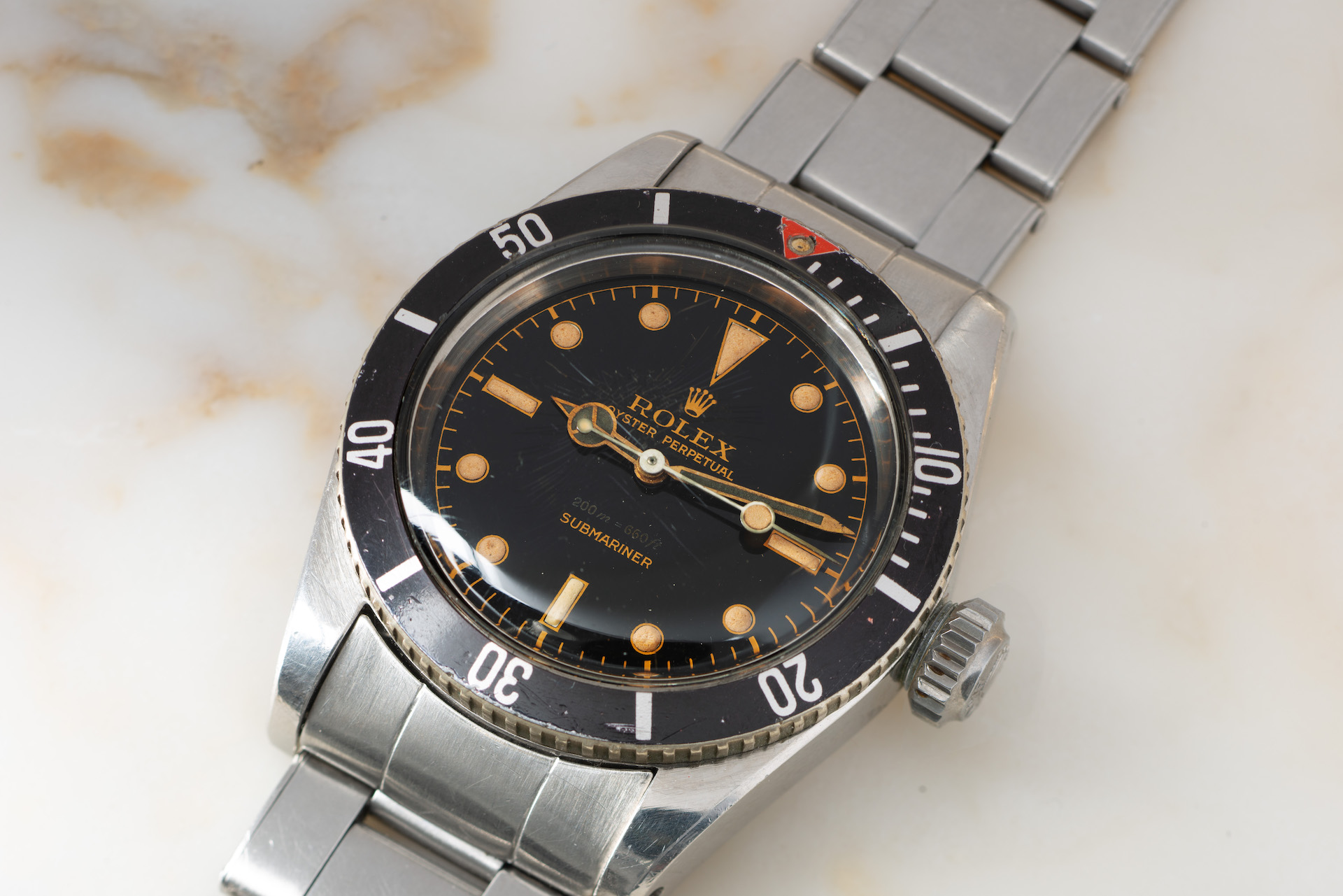

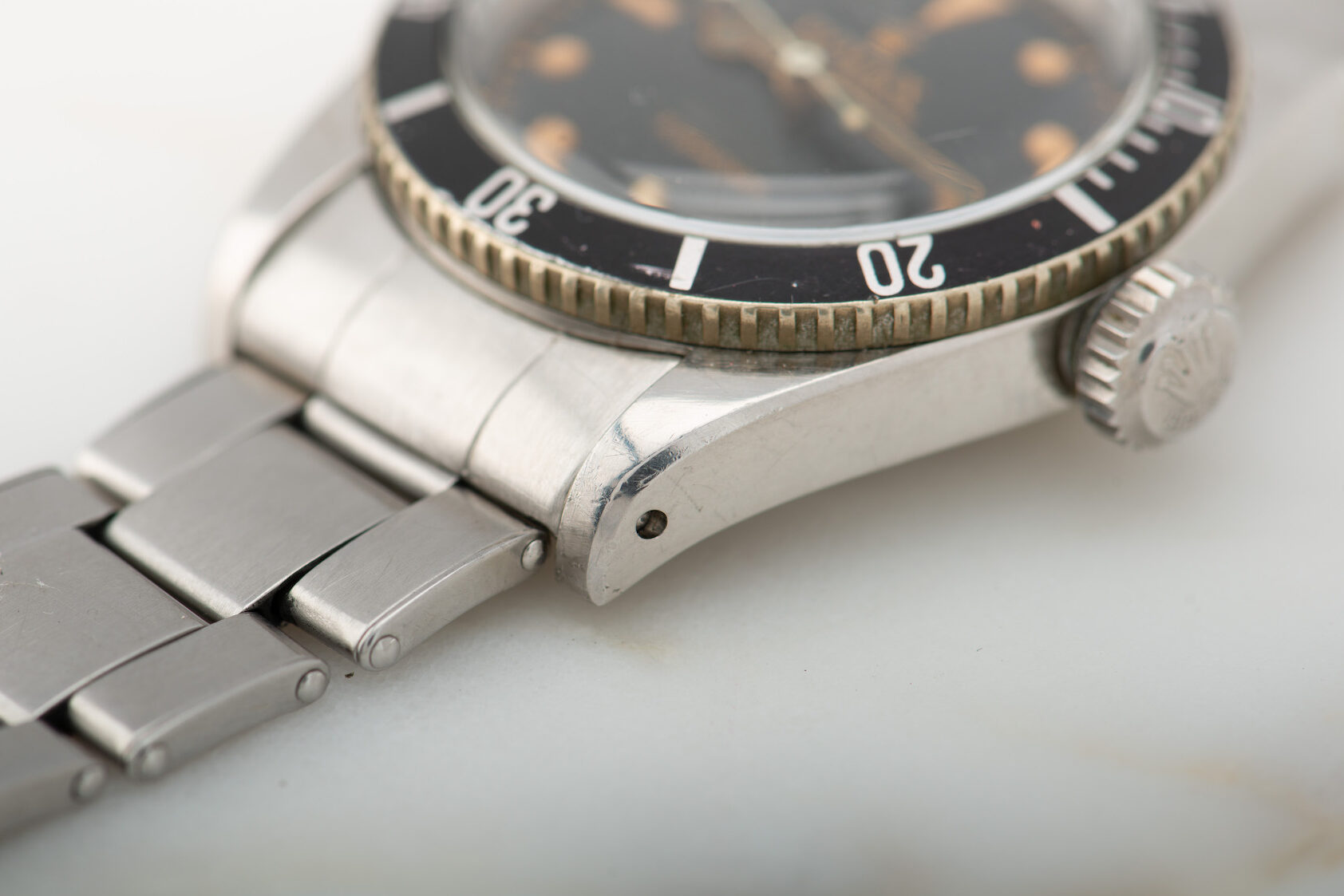
Rolex makes wonderfully captivating, eye-catching, and technologically sound watches, but generally speaking, their performance isn’t the absolute best in any one specific category. Whether we’re talking about timekeeping performance, water resistance, power reserve duration, or even the quality of finishing seen on individual components, Rolex watches never flat-out dominate any one category.
The finishing on Rolex watches is certainly well-above average, but it simply doesn’t hold a candle to hand-finished works of horological art that exist at the mega-exclusive end of the industry. And to be fair, that finishing quality really shouldn’t. While most people that have gazed upon the bare display cases of a Rolex boutique or tried to get their hands on a new steel Daytona from their AD in recent years will be surprised by this stat, Rolex actually produces over a million watches per year! And they do so while providing an astounding degree of quality and consistency. However, some of the ultra-exclusive manufacturers only produce a few dozen to a few hundred pieces per year, and when you consider how much time and labor goes into each one of those examples, it’s obvious why the finishing seen on hand-crafted, small production run creations far exceeds what we find with mass-produced Rolex watches. And you certainly don’t need to prompt a Grand Seiko owner to tell you about their watch’s incredible finishing.
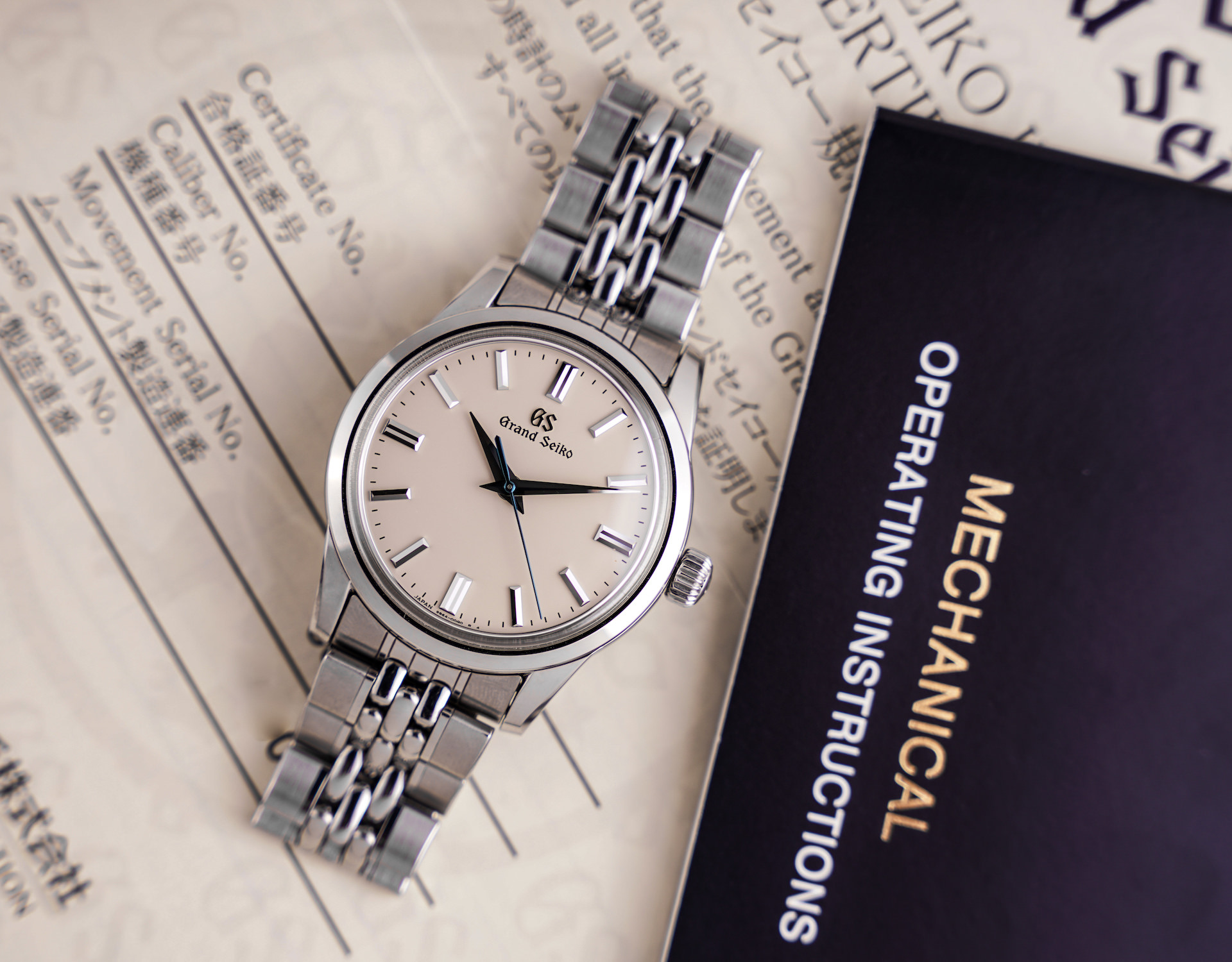
Rolex’s performance metrics reveal a similar story: Rolex produces accurate and reliable timepieces that are incredibly well-suited for everyday use, and much of their marketing has centered around performance standards for decades. Just like their finishing, while Rolex watches far exceed most when it comes to raw performance, there are many brands that offer drastically higher-performance mechanical watches and don’t enjoy the same notoriety. However, since Rolex places an emphasis on practicality and reliability, the brand doesn’t pursue performance gains beyond a point that might jeopardize a watch’s dependability. After all, there’s a good reason most people don’t daily drive a performance car, right?
Most of us would agree there is certainly value in a luxurious product that offers excellent reliability and better-than-average performance, but that isn’t exactly a recipe for excitement for those that obsess over the mechanics of our watches. It’s a product you can enjoy all the time, but won’t necessarily daydream about. In the car world, Rolex’s current offerings are essentially a nicely optioned standard line Audi or BMW sedan, which are wonderful and practical cars, but not something most of us would pay 3x above retail for on the secondary market – even if they were as difficult to get ahold of from the dealer as a steel Rolex currently is.
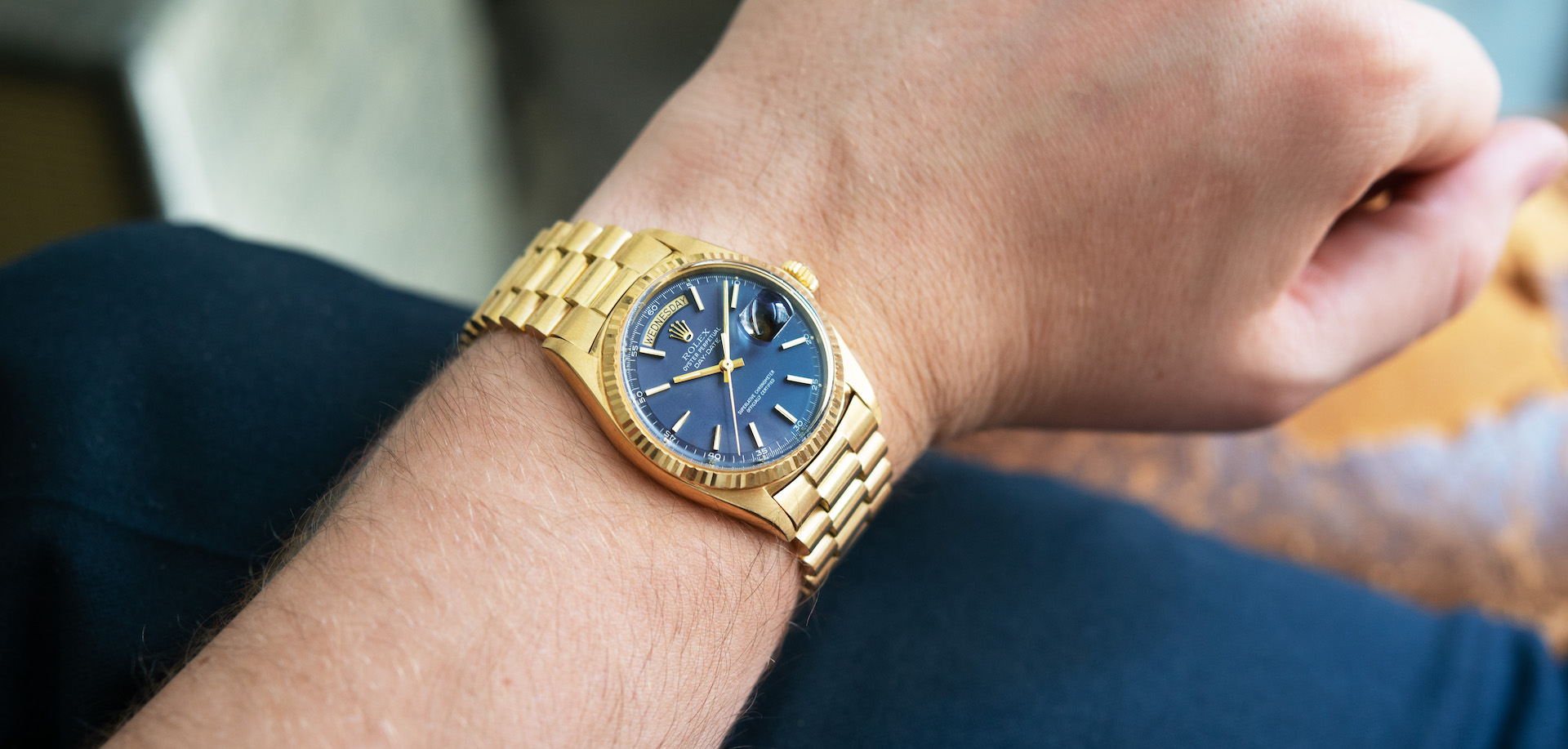
While Rolex undeniably produces excellent watches, there are countless other brands that arguably offer significantly more bang for one’s buck — both at a retail level, and when it comes to the vintage pieces.
Even without discussing retail availability and collectability, Rolex is priced higher than many of its notable Swiss-made peers. While Rolex’s watches are categorically less expensive than those produced by manufacturers like Patek Philippe and Audemars Piguet, they are also remarkably more expensive than comparable offerings from brands like Omega, Breitling, IWC, and Tag Heuer. Omega is often considered one of Rolex’s closest competitors, but the retail price of an Omega Seamaster dive watch is about half of what Rolex asks for a new Submariner! The same story exists in the analog of the classic Omega Speedmaster Moonwatch and its modern Rolex Daytona equivalent, the latter of which most can’t even get their hands on!
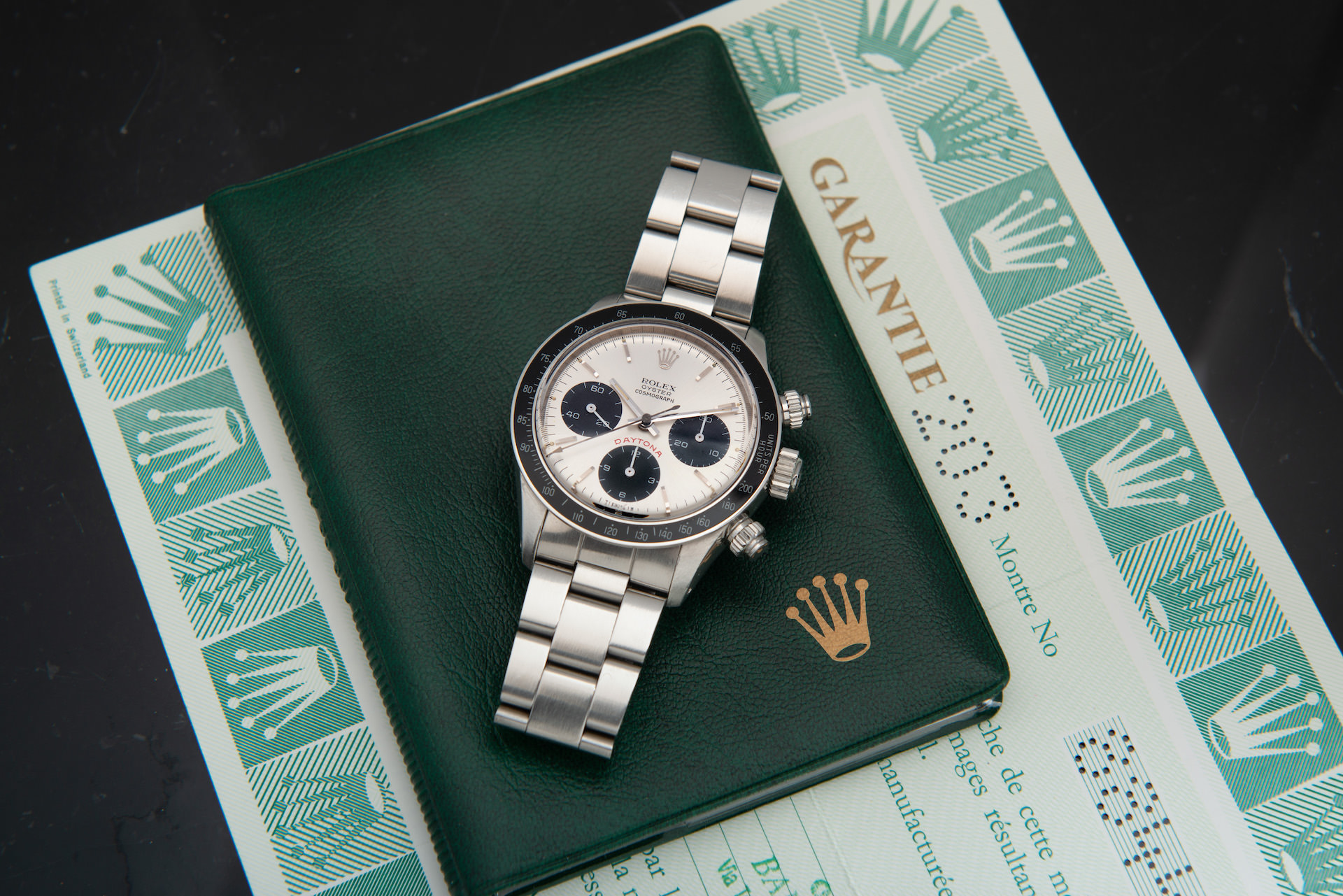
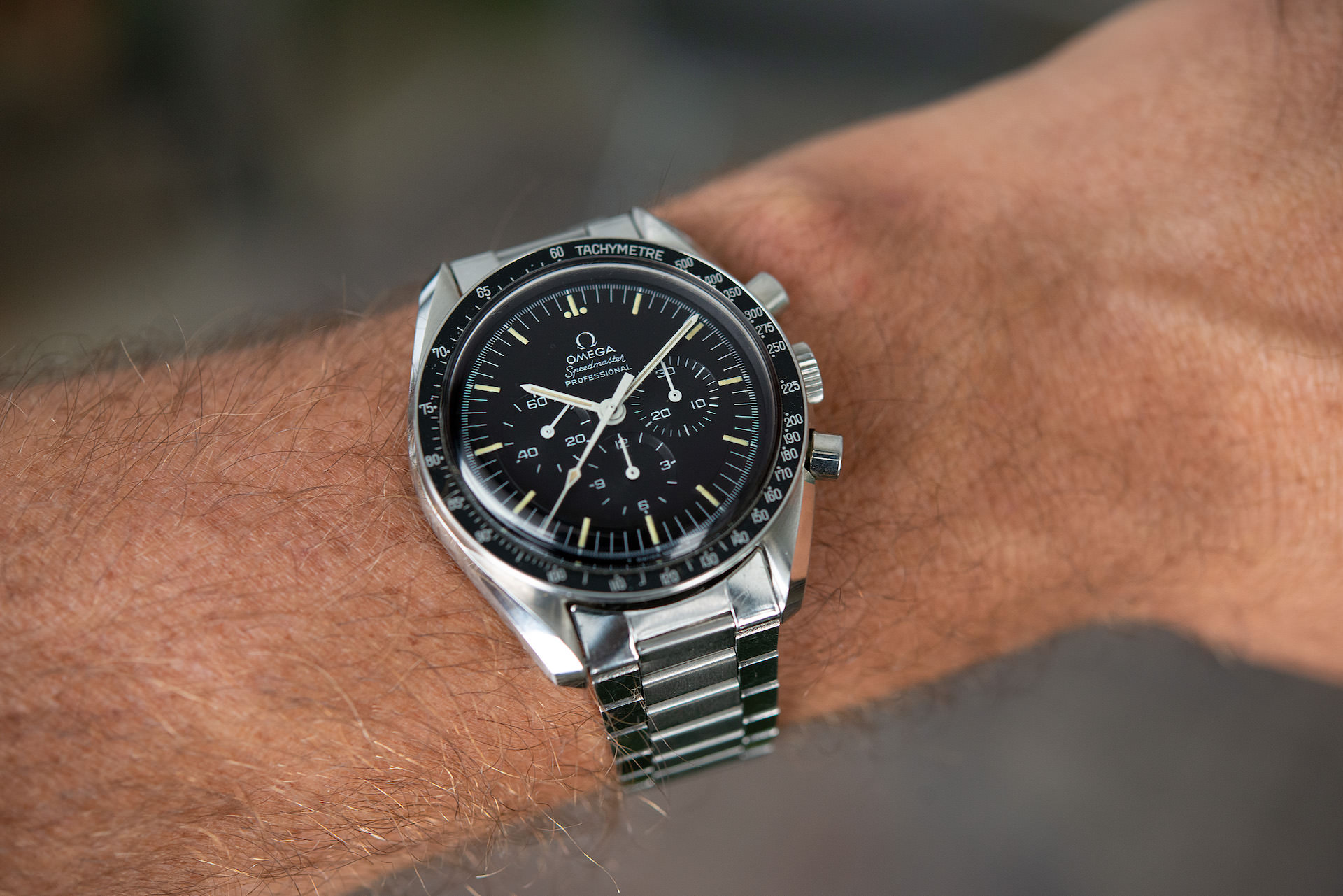
When it comes to the vintage side of things, many of the other brands represent an even greater value proposition compared to Rolex. Given how frequently the Omega Speedmaster is compared to the Rolex Daytona, it’s shocking how much less expensive a gorgeous vintage example of a Speedy with a caliber 321 movement is compared to even the most affordable 4-digit vintage Daytona watches. Even in the context of the absolute least expensive options from both Rolex and Omega’s archives, older Rolex models have a price floor around a few thousand dollars, while many different examples of comparable vintage Omega watches can be had for a hair under a grand.
Now, that isn’t to say that Rolex watches are overpriced. If anything, there is a solid case to be made that they are actually underpriced at a retail level given how many people are willing to pay a significant premium for them on the secondary market. However, it’s undeniable that there are a number of other options that offer more watch for your money than Rolex. With Rolex, you pay a lot for the Crown’s panache and recognition than for the watch itself. Our obsession with Rolex has a lot more to do with the brand’s profile than the products themselves, and that isn’t something I love as a fan of watchmaking.
As someone who appreciates Rolex for the consistency of its design language, even I must admit that the brand has become a bit boring and frankly, lazy, with what they bring to market. When the most exciting update to occur to a model after an entire decade is a new dial color or an extra millimeter of case diameter, it goes without saying that Rolex is incredibly slow-moving in how it approaches design and the evolution of its catalog. However, at the same time, the brand has also drifted just far enough away from the charms of its vintage offerings that modern Rolex leaves many detail-minded vintage watch lovers flat – which is a shame and a missed opportunity considering the success of watches like sister brand Tudor’s vintage-inspired Black Bay Fifty-Eight. Sure, a new Submariner is easily identified as a Sub, but the expanded case sizes and the materials used make it feel almost a cartoon version of the original.

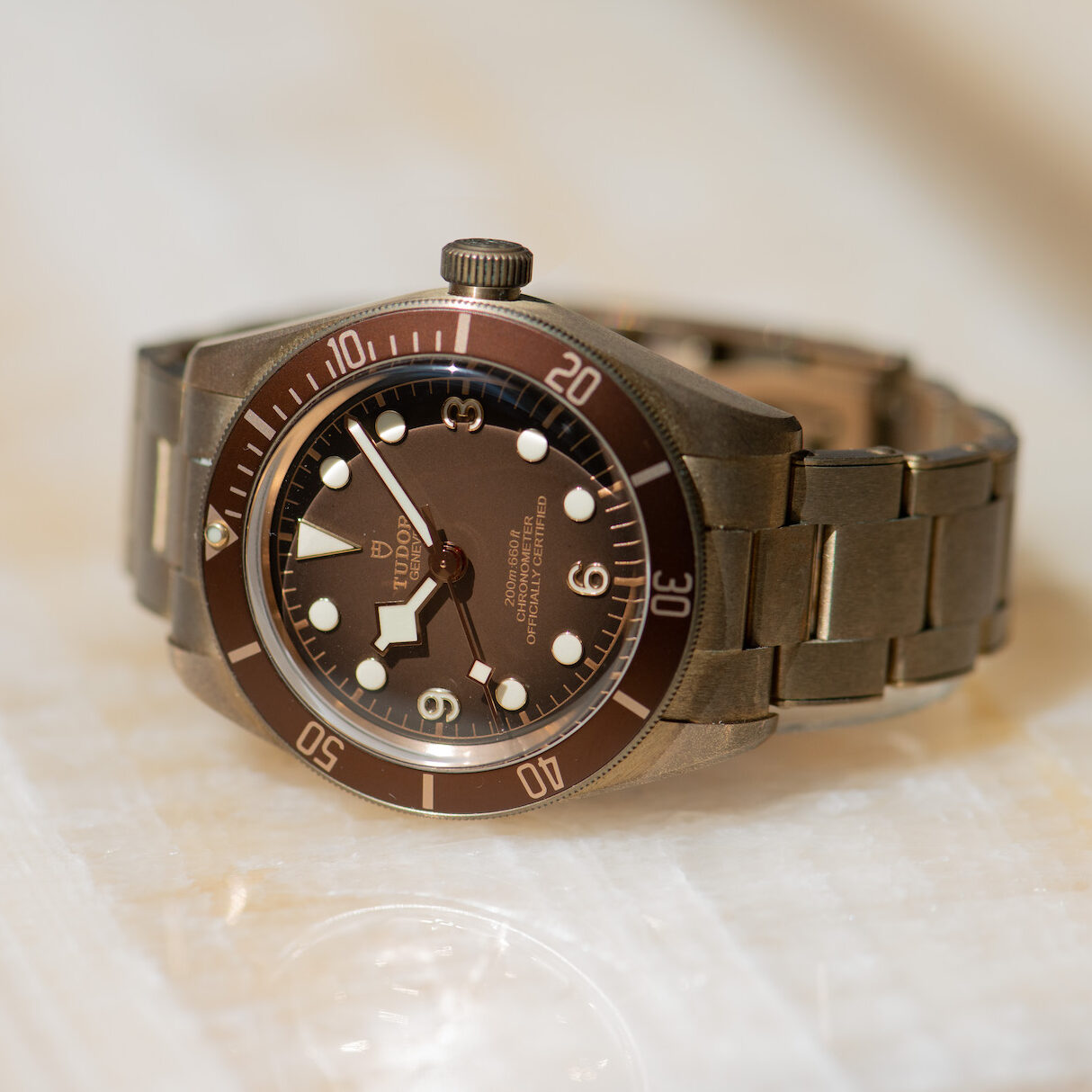
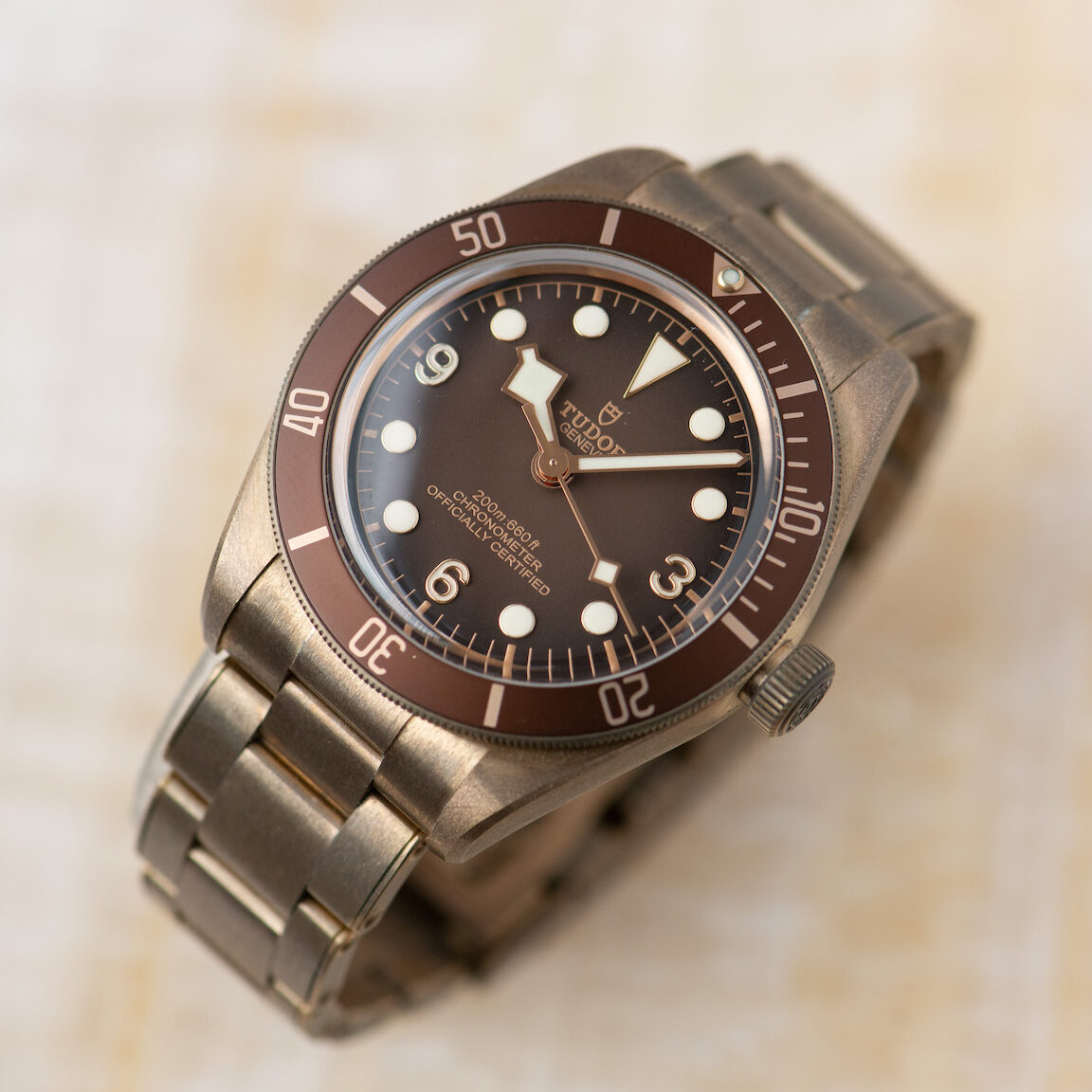
While being slow-moving and consistent in design is not necessarily a bad thing, it may not be ideal for the health of an industry when its market leader moves at a glacial pace. As much as I’m against the mentality of consumer culture, I recognize that the watch industry is in a unique position in that it has to base its decisions on both satisfying people’s ever-evolving preferences and honoring its rich history. If watch companies stopped producing new designs or advancing the technology of their products, the entire industry would slowly grind to a halt. However, there’s a reason the vintage watch market is thriving and it isn’t just a matter of collectible prospecting; many people prefer the form factor, finishing, and materials of vintage watches aesthetically. As pointless and frivolous as some watch trends and innovations may seem, they are ultimately the thing that drives excitement for many collectors and keeps this entire industry moving forward. The difficulty is in how a brand reconciles honoring and mining the great things from its past while pulling itself into the future. It’s something Omega does brilliantly. The fact is that as the world’s single most famous watch manufacturer, when Rolex makes a hot new watch, there’s a ripple effect and a new trend created within the industry. If you need proof of this, just consider how many watches featuring black and blue split-color bezels have been introduced since Rolex unveiled the first “Batman” GMT-Master II in 2013.
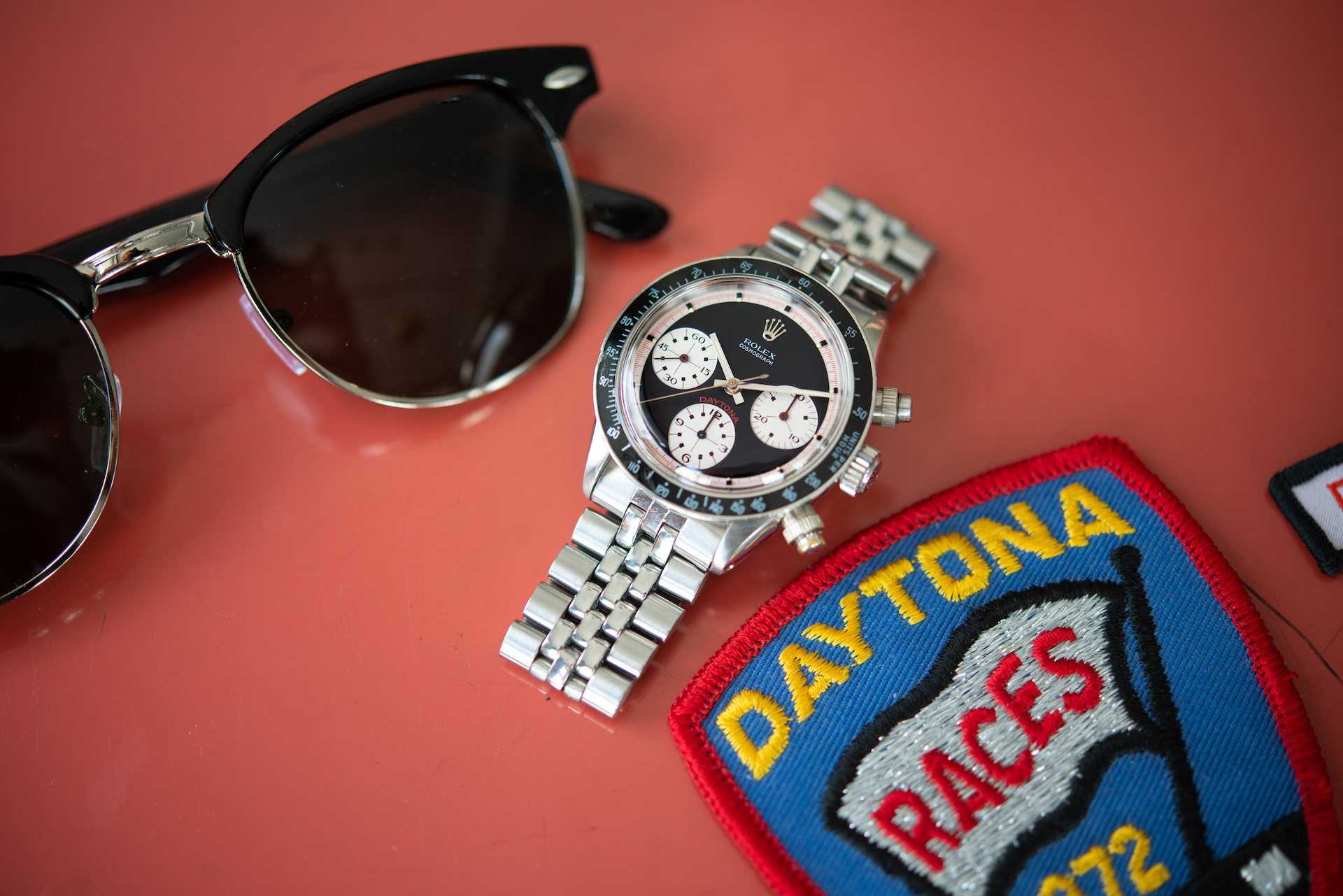
However, since Rolex doesn’t rock the boat in any dramatic way, true novelty releases are few and far between, and most of Rolex’s model updates are lazy color changes and incremental adjustments to proportions – expanding case sizes, mostly. Rolex’s approach to design is certainly successful, but given how many different brands take direction from Rolex’s catalog, it would likely be better for the overall health and progress of this industry if the bar for “innovation” was more than adding a millimeter to the lugs and making the dial green.
Given that they aren’t the flat-out best in any one quantifiable category, nor the most affordable, nor particularly available for a mass-produced product, or even the best for the health of the watch industry as a whole as a “leader,” it’s important to ask ourselves whether or not Rolex actually deserves to be the focal point it has become within this industry at this point.
Rolex a brand with major history, undeniably important heritage, and they’ve been worn on the wrists of so very many important people, but despite the fact that every modern Rolex watch has the word “superlative” on its dial, none of them actually are superlative in any one specific category. Furthermore, when the most interesting new releases the brand brings to market include a stone-encrusted tool watch that no one really wants and a destro-version of the GMT-Master, we all need to question where the present day hype and obsession stems from. If you ask me, it’s time we all stopped obsessing over Rolex.

Check out 'Reference Tracks' our Spotify playlist. We’ll take you through what’s been spinning on the black circle at the C + T offices.

Never miss a watch. Get push notifications for new items and content as well as exclusive access to app only product launches.
Sign up for our newsletter to receive updates and exclusive offers